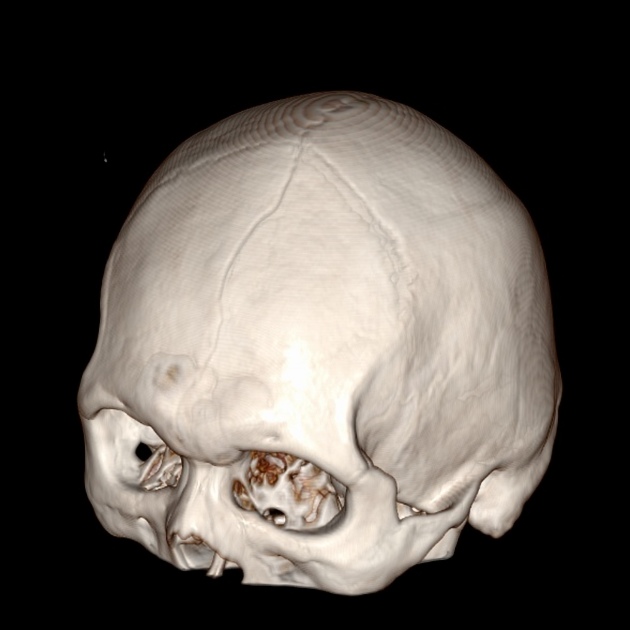A useful mnemonic which is used to read an emergency head CT scan is:
- Blood Can Be Very Bad
Mnemonic
Using a systematic approach will help to ensure that significant neuropathology will not be missed.
- B: blood
-
C: cisterns
- look for the presence of blood, effacement and asymmetry in four key cisterns (perimesencephalic, suprasellar, quadrigeminal and Sylvian cisterns)
-
B: brain
- look for asymmetry or effacement of the sulcal pattern, gray-white matter differentiation (including the insular ribbon sign), structural shifts and abnormal hypodensities (e.g. air, oedema, fat) or hyperdensities (e.g. blood, calcification)
-
V: ventricles
- look for intraventricular haemorrhage, ventricular effacement or shift and for hydrocephalus
-
B: bone
- look for skull fractures (especially basal) on bone windows (soft tissue swelling, mastoid air cells and paranasal sinuses fluid in the setting of trauma should raise the possibility of a skull fracture; intracranial air means that the skull and the dura have been violated somewhere)





 Unable to process the form. Check for errors and try again.
Unable to process the form. Check for errors and try again.